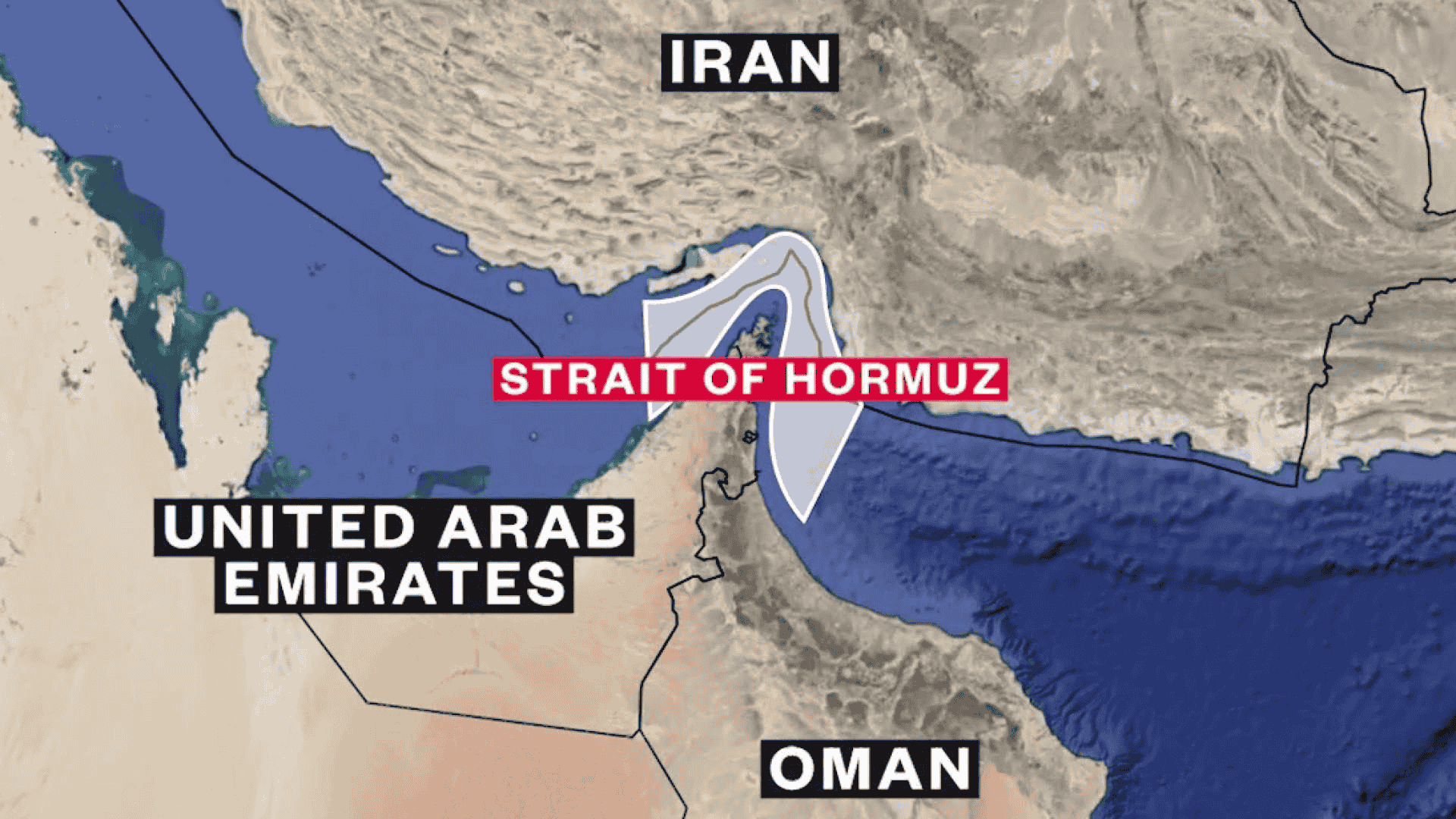Global Gender Gap Report 2025: India’s Ranking, Key Points, and Exam Relevance
The World Economic Forum (WEF) has released the 19th edition of its Global Gender Gap Report 2025, a crucial global index for UPSC and other competitive exams. This report measures progress in gender equality across 148 countries in economic, educational, health, and political domains.
What is the Global Gender Gap Index?
Published by: World Economic Forum (WEF) every year since 2006
Parameters: Gender equality in four main areas:
Economic Participation and Opportunity
Educational Attainment
Health and Survival
Political Empowerment
Scoring: The index ranges from 0 (complete inequality) to 1 (complete equality). The “gender gap” indicates the distance from full equality.
Global Key Points: 2025 Report
Global gender gap closed: 68.8% (up from 68.4% in 2024), the fastest progress since the COVID-19 pandemic.
Time to achieve full parity: At the current pace, it will take 123 years.
Top performers:
| Rank | Country | Score (0-1) |
|---|---|---|
| 1 | Iceland | 0.926 |
| 2 | Finland | 0.879 |
| 3 | Norway | 0.863 |
| 4 | United Kingdom | 0.838 |
| 5 | New Zealand | 0.827 |
Iceland remains at the top for the 16th consecutive year, the only country with over 90% parity.
South Asia: Bangladesh jumped 75 places to rank 24th globally, the best performer in the region. Pakistan is at the bottom at 148th.
India’s Performance: Key Data and Trends
India’s Rank: 131 out of 148 countries (129th in 2024)
Overall Parity Score: 0.644 (64.1% parity, an increase of +0.3 points)
Comparison in South Asia: India is among the lowest-ranked countries in the region, behind Bhutan (119), Nepal (125), Sri Lanka (130), and Bangladesh (24).
India’s Sub-index Scores (2025 vs 2024)
| Area | Score 2025 | Rank 2025 | Score 2024 | Rank 2024 |
|---|---|---|---|---|
| Economic Participation & Opportunity | 0.407 | 144 | 0.398 | 142 |
| Educational Attainment | 0.971 | 110 | 0.964 | 112 |
| Health and Survival | 0.954 | 143 | 0.951 | 142 |
| Political Empowerment | 0.245 | 69 | 0.251 | 65 |
Key Points:
Economic Participation: Improved by +0.9 percentage points to 40.7%. Parity in estimated income rose from 28.6% to 29.9%.
Educational Attainment: High score of 97.1%, reflecting gains in female literacy and higher education enrollment.
Health and Survival: Improved to 95.4% due to better sex ratio and healthy life expectancy. However, overall life expectancy for both genders decreased.
Political Empowerment: Declined by 0.6 points. Female representation in Parliament fell from 14.7% to 13.8% and women in ministerial positions decreased from 6.5% to 5.6%.
Global and Regional Trends
High-income countries: Have closed 74.3% of their gender gap, but some low-income countries have made faster progress.
Women in leadership: Globally, women make up 41.2% of the workforce, but only 28.8% in top leadership.
Sectoral concentration: Women are still overrepresented in lower-paid sectors like healthcare and education.
Beyond the Nugget: Other Important Gender Indices
Gender Inequality Index (GII): Published by UNDP, measures inequalities in reproductive health, empowerment, and the labor market. India’s GII: 0.403, rank 102/172 (2023).
Gender Development Index (GDI): Measures gender gaps in health, education, and income. India’s GDI: 0.874 (female HDI: 0.631; male HDI: 0.722, 2023).
Global Gender Parity Index (GGPI): Developed by UNDP and UN Women, measures parity in health, education, labor inclusion, and decision-making.
Women’s Empowerment Index (WEI): Measures women’s empowerment in five areas. India’s WEI: 0.52 (score close to 1 = higher empowerment).
Key Facts for Exams
Global gender gap closed: 68.8% (2025)
India’s rank: 131/148 (2025), 129/146 (2024)
India’s parity score: 64.1% (2025)
Best in South Asia: Bangladesh (24th position)
Top 5 countries: Iceland, Finland, Norway, UK, New Zealand
Time to reach global parity: 123 years
Women’s workforce share (global): 41.2%; in top leadership: 28.8%
Why this matters for your exam preparation
UPSC Relevance: The Global Gender Gap Report is important for both Prelims (factual questions) and Mains (GS 1: Society, GS 2: Governance, GS 3: Social Justice). Questions can be asked about India’s rank, trends, and policy implications.
Value Addition in Answers: Mentioning India’s scores and global comparisons strengthens your answers.
Analytical Edge: Understanding sub-index trends (e.g., why India lags in political empowerment) helps write analytical answers.
Policy Context: The report’s findings can be linked to government schemes, constitutional provisions, and international commitments (like SDGs).
Current Affairs Integration: Regularly updating such indices and the latest data is essential for scoring well in dynamic sections.
Stay connected with Atharva Examwise for current affairs and in-depth analysis – your trusted partner for success in UPSC and competitive exams.







